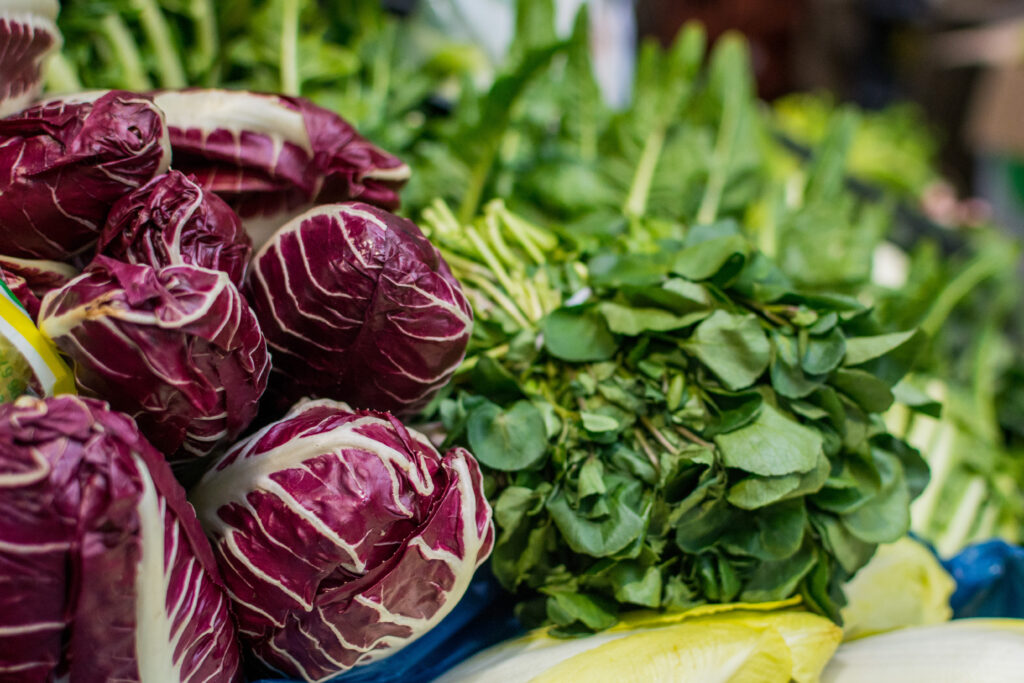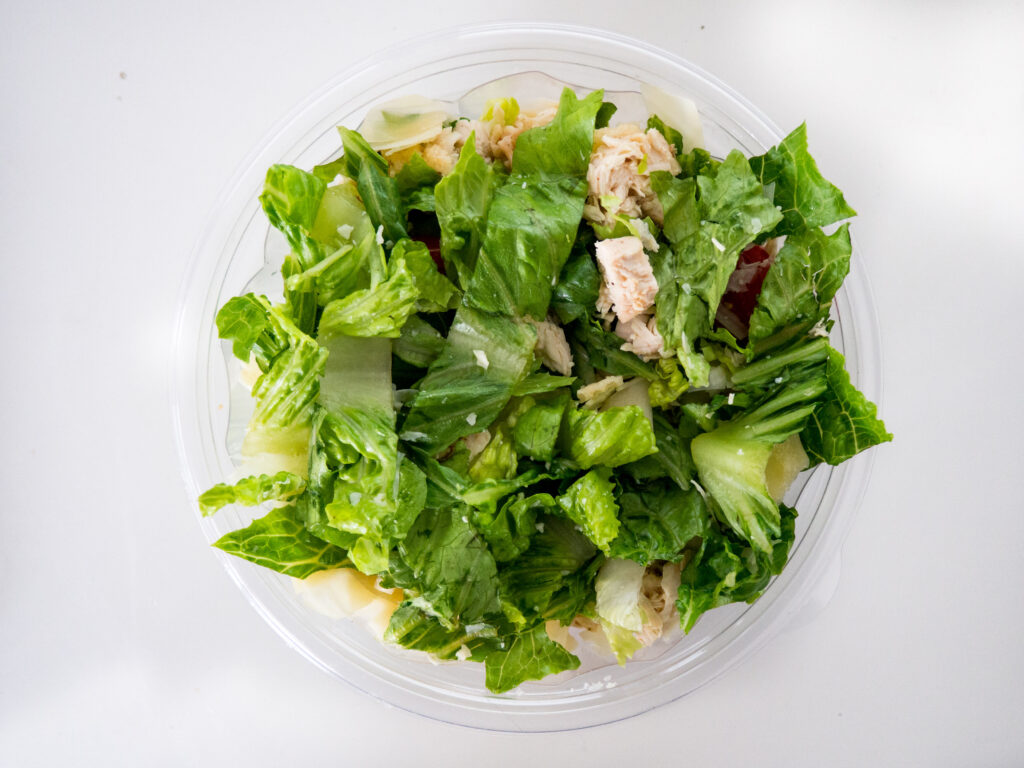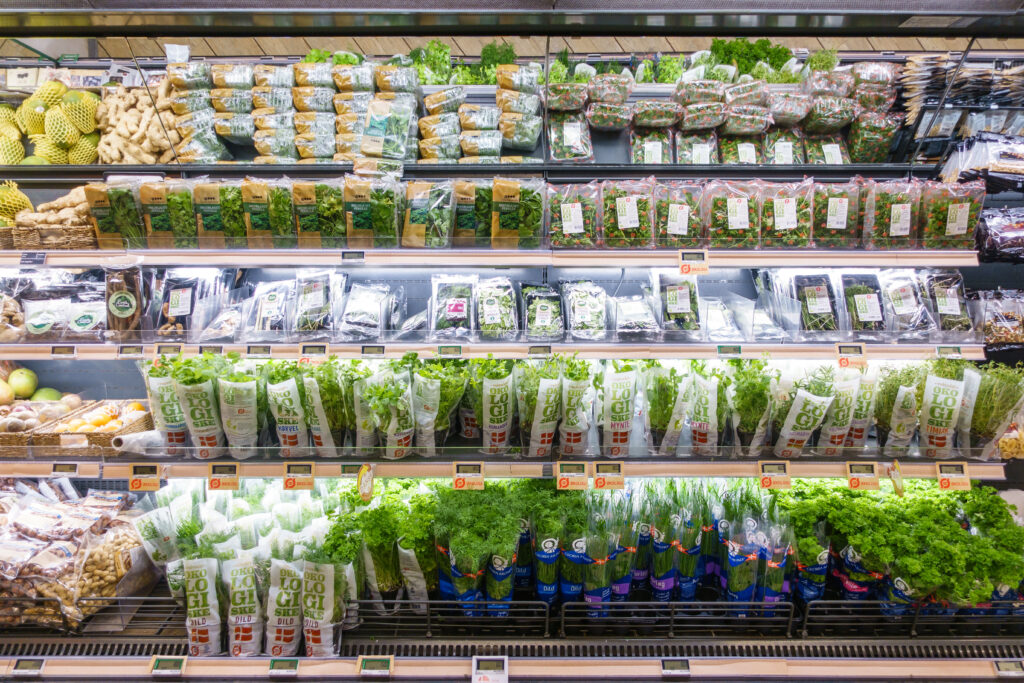Okay, let’s be real here. Eating more greens isn’t exactly an exciting idea for most people. Greens are the side dish we skip the sad pile on our plate, or something that we only reach for when we’re trying to “be good.” But greens deserve better treatment than that. These amazing leafy powerhouses are packed with vitamins and nutrients that can do anything – from boosting your mood to giving you more energy. They’re amazingly versatile when you know how to use them in your meals.

Whether you’re a lifelong veggie lover or someone who’s still haunted by childhood kale trauma, it’s absolutely possible to enjoy greens in ways that don’t feel like a calculus assignment. Let’s dig in to why they’re so important for your body and your brain, and then I’ll give you some really easy, tasty ways to get more of them into your meals without torture. Greens can add a lot to meals, especially when they’re not just used as a garnish.
What are Greens?
When we’re talking about greens, we’re talking about the leafy parts of plants that are not only edible, but incredibly nutrient-dense. They come in a wide variety of textures and flavors, from tender and mild to hearty and peppery. Some of the most common greens include spinach kale, romaine lettuce, or arugula. But there’s a whole green world beyond these common ones. Chard, collard greens, mustard greens are just some of them. But don’t forget beet or turnip greens – Yes! You can eat the leafy tops of many plants, even carrots! There’s also dandelion greens, mizuna, and watercress. And all of these greens are packed with minerals, vitamins, and fiber. They all have at least one good way to consume them – eat raw in salads, wilted in soups, or sauteed…. Greens bring flavor, color, and huge health benefits to your meals.
Greens are Nutritional Powerhouses
First, let’s talk about WHY you should increase your greens intake. Leafy greens are packed full with vitamins, minerals, and fiber that support pretty much every system in your body Spinach, kale, and collards are rich in vitamin K, which has a really important role in bone health and blood clotting when you get a cut. They also have vitamins A and C, which support your immune system, your vision, and keeping your skin supple and healthy (Blekkenhorst et al. 2017). A lot of greens contain folate, which is a B-vitamin that is essential for brain functioning, and they’re especially important during pregnancy. Leafy greens are also a great source of iron, which helps with energy and oxygen usage, calcium for bone strength, and magnesium, which is important for everything from muscle function to sleep (Boedecker et al. 2014). Leafy greens are also naturally high in fiber, which assists with digestion, and might even help with weight management and blood sugar regulation (Cahill et al. 2010). Americans don’t get enough fiber, so tossing some greens into your daily meals can easily help with digestion. Most Americans come in far short of the recommended daily fiber intake, averaging only about half of what’s advised (McGill, Fulgoni, and Papanikolaou 2016). Adding a handful of greens to your daily meals is an easy and effective way to increase your fiber and make a huge difference in how well you feel.
Greens May Prevent Disease
Another reason to increase the amount of leafy greens you eat is because they may actually prevent diseases. These veggies are chock full of antioxidants and phytonutrients that help reduce chronic inflammation, which is a major contributor to a huge range of health issues, like heart disease and cancer (Boedecker et al. 2014). Greens like spinach and arugula can help lower blood pressure and increase blood vessel function, which are important for heart health (Blekkenhorst et al. 2017). Studies also show that people who eat more leafy greens are are a lower risk level for Type 2 Diabetes, probably due to their fiber content and blood-sugar stabilizing effect (Cahill et al. 2010). Adding more greens to your diet is a simple and powerful way to protect your long-term health.
Leafy Greens for Gut Health
The benefits of eating leafy greens just go on and on. They’re one of the best foods you can eat to support your gut health too! You’ve probably heard of probiotics, right? Well another important biotic is prebiotics fiber, which leafy greens contain a lot of. These are food for the beneficial bacteria in your gut, helping those microbes thrive and support immune function, mood regulation, and more (Boedecker et al. 2014)! Some greens even contain specific sugars, like sulfoquinovose, which is found in spinach, that feed your good gut bacteria and help create a healthy gut lining (Ravcheev and Thiele 2014). Leafy greens are also easy to digest, especially when you just lightly cook them, which softens the tough fibers without taking away the health benefits. If you’re looking to ease into a high fiber diet, gently sauteing or steaming greens are a soothing and nourishing way to get started.
Energy Regulation and Mood Boosting
Leafy greens do a lot more than just fill you up! They help keep your energy steady and your mind sharp throughout the day. Their high fiber content slows down digestion which helps stabilize your blood sugar and prevents sugar crashes that can come from refined carbs (Cahill et al. 2010). The slow, steady release of energy helps you stay feeling full for longer throughout the day. In additions, greens like spinach and romaine are high in folate and antioxidants, which have been linked to better brain function and mood regulation (Boedecker et al. 2014). Folate, especially, plays an important role in brain function, and has been studied for its connection a reduced risk of depression and cognitive decline (Morris et al. 2018). So, if you’re feeling foggy or sluggish, maybe add a handful of greens to your meal to help lift your energy and your mood!

Commonly Available Leafy Greens
- Spinach
- Kale (curly, lacinato/dinosaur, red Russian)
- Collard greens
- Swiss chard (including rainbow chard)
- Mustard greens
- Turnip greens
- Beet greens
- Romaine lettuce
- Butterhead lettuce (includes Bibb and Boston)
- Iceberg lettuce
- Green leaf lettuce
- Red leaf lettuce
- Arugula (rocket)
- Watercress
- Dandelion greens
- Escarole
- Endive (curly endive and Belgian endive)
- Radicchio
- Mizuna
- Bok Choy
- Tat soi
- Mâche (a.k.a. lamb’s lettuce or corn salad)
- Broccoli rabe (rapini)
- Cabbage (green, red, Napa, Savoy—technically a leafy green when eaten raw or lightly cooked)
- Parsley (flat-leaf and curly, often used as an herb but also a nutrient-dense green)
- Cilantro (also often used as an herb)
- Purslane
- Sorrel
- Amaranth greens
- Sweet potato greens
How to Eat Greens
So, some greenshave obvious ways to eat them, right? Romaine and other types of lettuce, along with mesclun and endive, make really great salads. Top with a vinaigrette salad dressing and some pepitas or a bit of feta for a very simple side dish. Or make a whole meal salad, by topping it with chopped chicken (get that from a rotisserie chicken, easy peasy), cheese, and other vegetables that you love, plus your favorite salad dressing. Mix in some dandelion greens or radicchio for variety.

A lovely salad is a bed of spinach with cooked beets, crumbled goat’s cheese, and pine nuts or chopped hazelnuts. Add a simple vinaigrette of 2 parts olive oil to 1 part apple cider or wine vinegar and a pinch of salt. Give it a try!
Some greens are easy and delicious to toss in a simple stir fry – namely things like cabbage, bok choy, and broccoli rabe. Simply chop them into bite size pieces and add to the stir fry a little before it’s done so they don’t overcook.
Another really simple and tasty way to feature leafy greens is to saute them in a bit of olive oil and a lot of minced garlic. Kale, spinach, swiss chard, and collard greens are delicious served this way. Try doing this with turnip or beet greens too. Tatsoi or bok choy are also excellent with garlic, and add a bit of soy sauce. Mix and match to make a meal that you will love!
Have you tried kale chips? You can make them or buy them, but they’re actually really good. Try the ones with nutritional yeast. Don’t feel too overwhelmed with the healthy stuff- they also have a great flavor!
When I was younger, a side dish my mom made was a wilted bacon and spinach salad. Cook 8 slices of bacon and reserve the grease. Heat the grease with 3 tablespoons of apple cider vinegar, a teaspoon of honey, 2 teaspoons of dijon mustard, a pinch of salt and pepper, and one minced clove of garlic. You can saute some mushrooms and onions in this mixture if you like. Chop the bacon and mix with the spinach. Now pour the hot bacon grease mixture over the spinach and bacon and mix together. That was all my mom did, but you can also chop up some hard boiled eggs and toss them in as well.
How to Sneak Greens into Your Meals
Ok, it’s totally legitimate to not enjoy eating greens when they’re the highlight or major part of a dish. I will fully admit that aside from a good cobb salad, I pretty much fall on the “hide them please” end of the greens spectrum. My kids also aren’t great fans of greens in any format, especially S. So instead, I sneak them into almost every meal in one way or another. Now that you know just how good they are for you, you can also hide them in some foods and still get the benefits without the texture or flavor. Here are some ways that I do it:

Are you making an omelet? Are you using veggies for the filling? Chop up some greens finely and add to the filling mixture when you’re cooking it. Then, just add everything to the omelet. You’ll never be able to tell anything else is in there! A mild flavored green like spinach or broccoli or sunflower microgreens work really well for this. If you make frittatas or quiches, that’s another good way to get some greens. Simply stir the finely chopped greens into the egg mixture before cooking.
Speaking of sunflower microgreens, they are excellent to throw in stir fry, right at the end.
Add chopped greens or cabbage to soup. This one is so easy. After the soup is completely made, chop a bunch of greens very finely and toss them in for the last 5 or 10 minutes of cooking. I do this with kale, arugula, or chard. If your soup has celery in it, you can add bok choy, as it has a very celery type flavor and texture. My soups are usually very flavorful, so my kids can’t tell that there’s anything different, aside from the green bits in the soup.
Everyone knows about adding greens to smoothies. Just toss a handful in, between the yogurt and the fruit so that it gets well blended. I promise you won’t be able to tell!
I feel like kale actually adds a little something to black beans. One of the first times I added it to the beans, C, the 13 year old, said “ew, what’s in the beans?” in a terrible whiny complain-y voice. I promised him that he wouldn’t be able to tell at all. We ate those beans in a shrimp and beans bowl, and sure enough, he couldn’t tell at all. I add salt, pepper, cumin, and a bit of chili powder to my black beans, and the kale really enhances the flavor. Try it!
Do you make rice bowls a lot? Chop your greens finely and toss them in with the rice while it’s cooking. It shouldn’t need any extra water, and you’ll just have green speckled rice for your delicious bowls.
You can do the same with sauces as well. If you’re using the blender to make the sauce, you don’t even have to chop up the greens!
If you make pesto (and you better believe that I do, all summer long!), you can sub in about ⅓ of the basil with other greens and still keep the basil flavor. You can also just use alternative greens to make a different sort of pesto. Carrot tops, beet greens, and turnip greens are all good for this. One of my friends who has a booth at farmers market told me that sorrel makes an excellent pesto. Sorrel has a lemony flavor, so it would make a very unique sauce!
Many people use lettuce or lightly steamed cabbage leaves as a wrapper for meat and cheese wraps, or egg rolls, or salad rolls. You could also use any large leafed green, like collards.
Conclusion
So all in all – adding more greens into your meals doesn’t have to mean choking down boiled spinach or pretending to like a boring salad. Whether you’re tossing spinach into your smoothie, sautéing chard with garlic, or sneaking some kale into a pot of beans, there are so many easy and delicious ways to add greens to your meals. They’re full of nutrients, great for your gut, and can even give your mood and energy a huge boost. So the next time you’re shopping or staring into the fridge wondering what to make, grab something leafy and give it a go. Start small, experiment a little, and see what works for you. And hey—if you discover a new favorite way to eat your greens, tell a friend (or better yet, tell me!). Which green do you want to try first? Let me know in the comments!


References
Blekkenhorst, L. C., C. P. Bondonno, J. R. Lewis, J. M. Hodgson, and M. Sim. 2017. “Dietary Nitrate, Nitrate-Rich Vegetables, and Cardiovascular Health.” Journal of the American College of Nutrition 36 (5): 371–78. https://doi.org/10.1080/07315724.2017.1351562.
Boedecker, J., S. Nutritious, and R. Kennedy. 2014. “Cruciferous and Leafy Green Vegetable Intake and Cancer Prevention.” Advances in Nutrition 5 (6): 619–625. https://www.ncbi.nlm.nih.gov/pmc/articles/PMC3738994/.
Cahill, L. E., A. Pan, Q. Sun, K. M. Rimm, and F. B. Hu. 2010. “Vegetable and Fruit Intake and the Risk of Type 2 Diabetes.” BMJ 341: c4229. https://www.bmj.com/content/341/bmj.c4229.
McGill, C. R., V. L. Fulgoni, and Y. Papanikolaou. 2016. “Association of Fiber Intake with Nutrient Intake, Nutrient Density, and Diet Quality in Adults in the United States: Results from NHANES 2001–2010.” Food & Nutrition Sciences 7 (7): 562–573. https://doi.org/10.4236/fns.2016.77057.
Morris, M. C., C. C. Tangney, Y. Wang, F. M. Sacks, D. A. Bennett, and N. J. Cohen. 2018. “MIND Diet Associated with Reduced Incidence of Alzheimer’s Disease.” Alzheimer’s & Dementia 11 (9): 1007–1014. https://doi.org/10.1016/j.jalz.2014.02.009.
Ravcheev, D. A., and I. Thiele. 2014. “Systematic Genomic Analysis Reveals the Complement of Escherichia coli Genes That Facilitate Growth on Sulfoquinovose.” BMC Genomics 15: 438. https://doi.org/10.1186/1471-2164-15-438.



